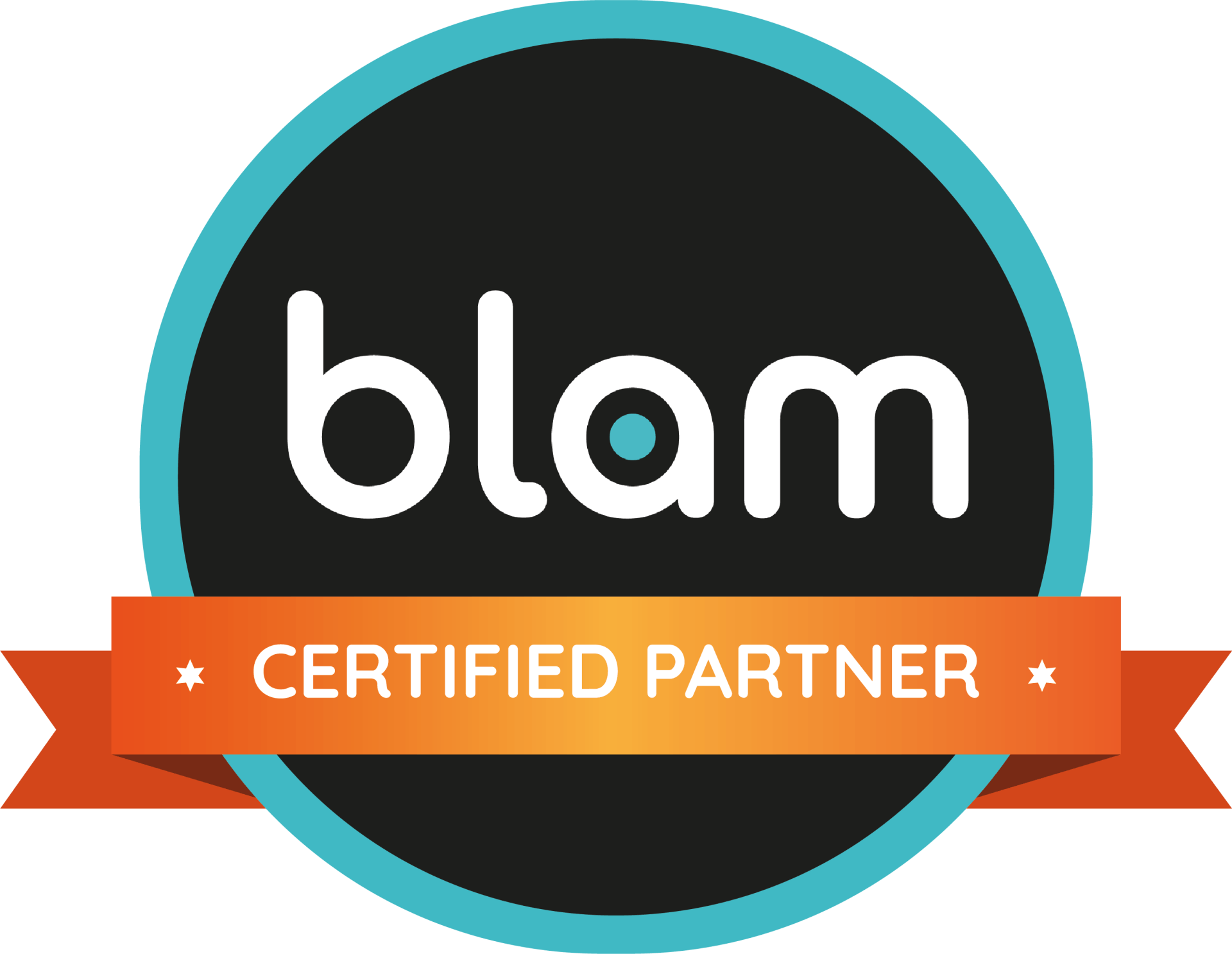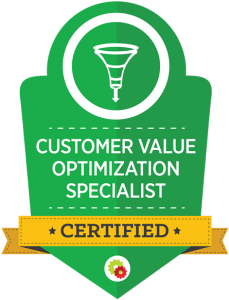Transforming Healthcare Through Patient Voices: How Feedback Fuels Practice Growth

Imagine this: your patients are talking, but are you truly listening? Every review, every comment, and every piece of feedback offers a window into what matters most to them. In today’s healthcare landscape, these voices are more than just opinions—they’re a blueprint for growth and success. Practices that tap into patient feedback not only improve care quality they also build trust, grow loyalty, and set themselves apart from the competition.
As a healthcare provider, you’re constantly juggling patient care, compliance, and practice management. So, where does feedback fit in? Spoiler alert: it’s your most powerful, underutilized tool for driving both patient satisfaction and business success. In this guide, I will show you exactly how to unlock this potential.
Why Patient Feedback is Your Hidden Growth Strategy
1. Build Unshakeable Trust & Loyalty
Did you know 82% of patients trust online reviews as much as personal recommendations? That’s according to a 2023 survey by the National Research Corporation. Patients who feel heard are more likely to stick around and even recommend your practice to others. Simply put, feedback isn’t just valuable—it’s essential for building long-term loyalty.
2. Elevate the Patient Experience
Practices that actively seek and use feedback report up to a 30% increase in patient satisfaction and retention, according to Deloitte. By understanding your patients' needs, frustrations, and desires, you can make informed changes that directly improve their experience—and keep them coming back.
3. Craft Content that Resonates
Patient feedback gives you a roadmap for creating content that speaks directly to your audience’s needs. Whether it’s explaining a confusing procedure or addressing common concerns, you can tailor your messaging in a way that truly connects.
Challenges Healthcare Providers Face

Being a healthcare provider isn’t just about care—it’s about managing a full-scale business. Here’s what you’re up against:
- Attracting and Retaining Patients: The healthcare marketplace is competitive, and standing out requires effort.
- Time Constraints: With packed schedules, collecting and analyzing feedback might feel like just another task on your endless to-do list.
- Compliance Concerns: Navigating feedback collection while staying HIPAA-compliant can be tricky but crucial.
- Content Creation Struggles: Developing engaging, relevant, and compliant content can feel overwhelming.
Facing the Fears: Tackling Negative Feedback & Other Pain Points

- The Fear of Negative Reviews: Let’s face it, no one enjoys criticism. But negative feedback is an opportunity. Addressing it head-on can build trust and show patients that you’re committed to continuous improvement.
- Patient Privacy Concerns: You want to use feedback without violating patient confidentiality. Ensuring HIPAA compliance in your feedback and content strategies is essential.
- ROI Uncertainty: Unsure if your investment in feedback strategies will pay off? Fear not! The actionable insights from patient feedback can improve retention, engagement, and even revenue.
The Blueprint: How to Collect and Use Patient Feedback Effectively

1. Surveys and Questionnaires: Fast, Simple, Effective
- In-Office Surveys: Make it easy for patients to provide feedback in real-time by using tablets or kiosks in your practice. Press Ganey found that practices using real-time surveys saw a 25% improvement in satisfaction scores.
- Post-Visit Emails: Send quick, follow-up emails with a mix of multiple-choice and open-ended questions to capture patient thoughts when their experience is still fresh.
2. Online Reviews and Social Media: Where Patients Talk, You Should Listen
- Encourage Positive Reviews: Ask happy patients to leave reviews on platforms like Google or Healthgrades. A staggering 70% of people base their choice of healthcare provider on online reviews.
- Leverage Social Listening: Monitor mentions of your practice on social media with tools like Hootsuite. Pay attention to what patients are saying—both good and bad—and use it to fine-tune your services and communication.
3. Patient Advisory Panels: Deeper Insights, Stronger Connections
- Focus Groups: Organize patient focus groups to gain in-depth feedback on their experiences. These conversations are invaluable for understanding patient sentiment and finding opportunities for improvement.
Turning Feedback into Action: From Data to Meaningful Change

Collecting feedback is only half the battle—you need to turn that information into actionable insights that drive real change.
1. Categorize & Analyze Feedback
- Use Sentiment Analysis: Tools like MonkeyLearn can help categorize feedback into positive, negative, and neutral sentiments. This makes it easier to prioritize issues that need immediate attention.
- Spot Trends: If multiple patients are complaining about long wait times or communication issues, that’s a clear signal to make changes. Feedback helps you identify patterns and target areas for improvement.
2. Prioritize Quick Wins and Long-Term Solutions
- Quick Fixes: Address low-hanging fruit like reducing wait times or improving how your staff communicates with patients. Small improvements can lead to significant gains in satisfaction.
- Strategic Changes: For bigger challenges—like patient education or streamlining care processes—create a clear roadmap for long-term improvement.
3. Close the Loop: Show Patients You’re Listening
- Follow Up: Once you’ve implemented changes, let your patients know. This not only boosts trust but also encourages more feedback in the future.
Integrating Feedback into Your Content Strategy
Feedback is a goldmine for creating content that truly speaks to your audience. Here’s how to make it work for you:
1. Create Patient-Centered Content
- Address Common Concerns: If patients often ask the same questions about treatments or procedures, create blog posts or videos that provide clear, simple answers.
- Share Success Stories: Highlight positive feedback through patient testimonials, case studies, or video interviews. According to BrightLocal, 79% of consumers trust online reviews as much as personal recommendations.
2. Develop Educational Resources
- FAQs and Guides: Compile an FAQ section or guides based on frequent patient questions. This will help not only your current patients but also attract new ones through better SEO.
- Health Tips and Blogs: Use feedback to inform blog topics, such as seasonal health tips or chronic disease management advice.
3. Embrace Negative Feedback: Transparency Builds Trust
- Address Issues Publicly: When negative feedback is shared, take the opportunity to address it transparently. Patients appreciate honesty and will see your commitment to continuous improvement.
Measuring Your Success: How to Know It’s Working
1. Monitor Web Traffic and Social Engagement
- Use tools like Google Analytics to track page views, engagement, and how long users spend on your site. This will give you a clear picture of how well your content is resonating.
2. Track Patient Satisfaction and Retention
- Run follow-up surveys to gauge improvements in patient satisfaction and retention. Use your practice management software to track changes over time.
3. Assess ROI: Is Your Strategy Paying Off?
- Measure lead generation and new patient inquiries resulting from your content efforts. Compare the cost of creating content to the revenue generated from new and existing patients to ensure a positive return on investment.
Conclusion: Your Patients Are Your Best Advisors
Harnessing patient feedback is more than just a checkbox on your practice’s to-do list. It’s a dynamic, ongoing process that can transform your practice, strengthen patient loyalty, and drive growth. By actively listening, adapting, and creating content based on your patients' insights, you’ll build a brand that truly resonates.
Ready to Elevate Your Content Strategy?
Visit www.1sthour.online for more resources, or reach out for a free consultation on how we can help boost your online presence.
Next Steps:
- Download Our Free 73-Audit: Uncover actionable insights to optimize your digital content strategy.
- Schedule a Consultation: Connect with our experts to discuss tailored solutions for your practice.
Key Takeaways:
- Patient feedback is your practice’s growth blueprint.
- Start with quick, real-time surveys and online reviews.
- Use feedback to inform not only improvements but also your content strategy.
- Measuring success ensures your strategies drive results.
About Us

1st Hour empowers healthcare providers and practitioners in independent medical practice seeking to enhance their online presence and reach; we deliver innovative digital marketing solutions to improve patient engagement, amplify brand visibility and unlock sustainable growth in diverse marketplace. We specialize in helping your business goals while advancing health equity and patient care excellence.
Contact Us
- 📞 Call: 774 719 4647
- 📧 Email: Barry@1stHour.online
- 🌐 Visit:
www.1stHour.online
Special Offer:
Download our Free 73-Audit and schedule a Free Consultation.
1st Hour Services:
• AI-powered professional websites.
• Search Engine Optimization (SEO).
• Mobile app development.
• Content creation.
• Brand image and Reputation management.
• Social media management.
Barry Eneh

Barry, a health enthusiast, is the founder of 1st Hour, a Boston-based marketing and technology company established in 2023. 1st Hour is dedicated to helping small and mid-sized businesses in the healthcare, education, and non-profit sectors gain professional credibility and market visibility with their target audiences. Our mission is to connect businesses with key audience groups and those most likely to benefit from their brand promise and expertise.
Experience
- Founding Director of APNO-USA Health Service Group.
- Healthcare leader at VA.
- Over 20 years of experience in healthcare operations and clinical practice at private and public healthcare systems.
Education
- MSC in Integrated Marketing Communications, Franklin University.
- MPH in Public Health Management, Wright State University.
- PhD in Healthcare Administration, Walden University.




